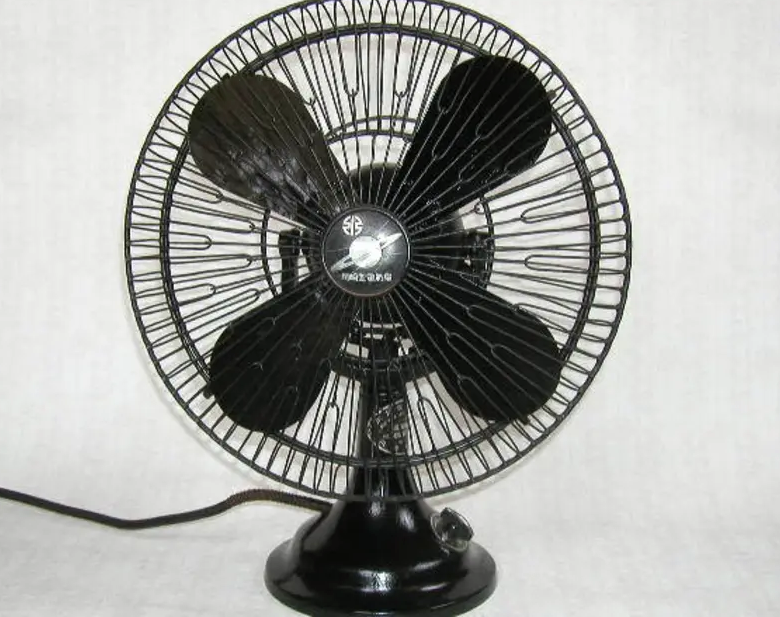When temps are dangerously high and humidity is low, fans can actually make a person feel hotter, increasing strain on the heart and raising core temperature
BY REUTERS AUGUST 6, 2019 01:19
In extreme heat, electric fans may offer some relief when it’s very humid, but when temps are dangerously high and humidity is low, fans can actually make a person feel hotter, increasing strain on the heart and raising core temperature, a new report warns.
The authors point out that current guidelines for fan use are based on the “heat index” rather than the actual temperature, but “a combined value such as heat index (HI) is not appropriate for advising whether fans should be used or not,” said the study’s senior author, Ollie Jay, associate professor in the faculty of health sciences and director of the Thermal Ergonomics Laboratory at the University of Sydney, Australia.
Jay added, “In very-hot dry conditions the HI was relatively lower, yet fans were detrimental; but in hot-humid conditions the HI was relatively higher and fans were beneficial.”
In their study, published in the Annals of Internal Medicine, Jay and colleagues found that in the very hot-arid condition, fans could increase body temperature and also cardiovascular strain. That “means that the heart has to do extra work to maintain blood pressure because as one gets hot, blood is diverted to the skin to facilitate cooling and the heart must beat more times per minute,” Jay said in an email. “Another form of strain (on the body) is dehydration, which also contributes to increases in body temperature and cardiovascular strain.”
To take a closer look at the conditions under which fans can cool, the researchers recruited 12 men who were not taking any medication and had no medical conditions that would alter their ability to thermoregulate. All of the men completed four two-hour sessions, each of which occurred on a different day.
The men were asked to sit in a climatic chamber that simulated either very hot, dry conditions or hot, humid conditions. The heat index for the humid runs was higher than for the arid runs even though the temperature was lower in the humid condition.
The men’s temperature was measured rectally and heart strain was assessed using three-lead electrocardiography and blood pressure. The researchers measured dehydration by keeping track of sweat.
